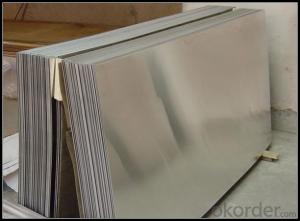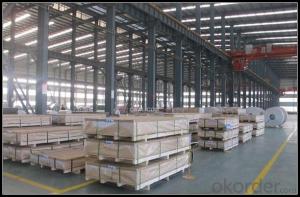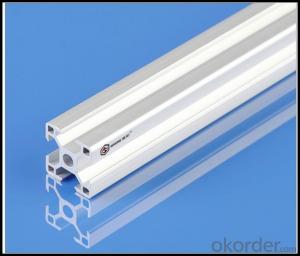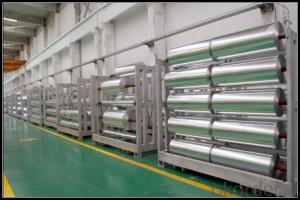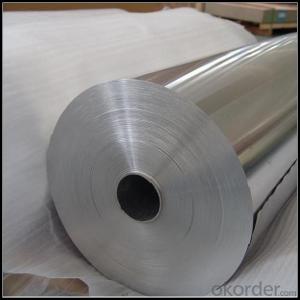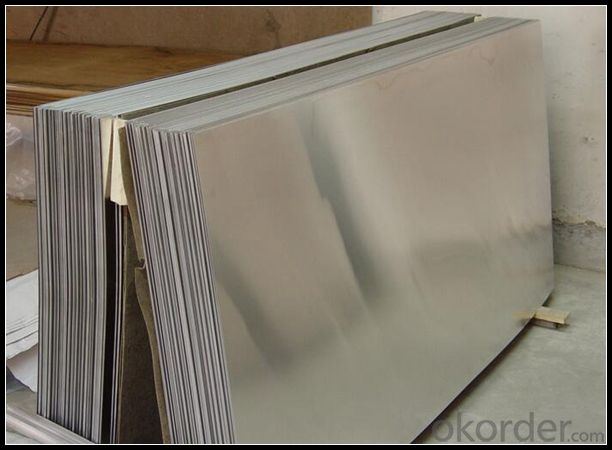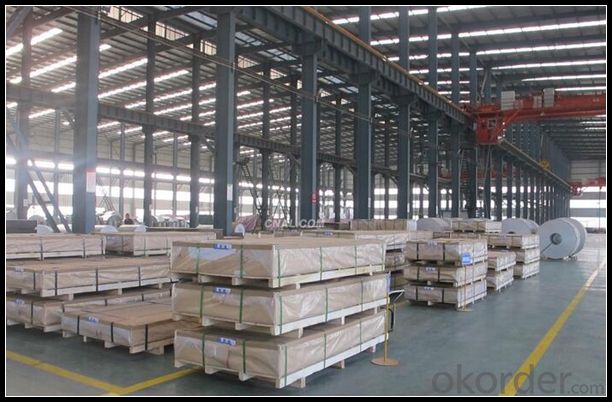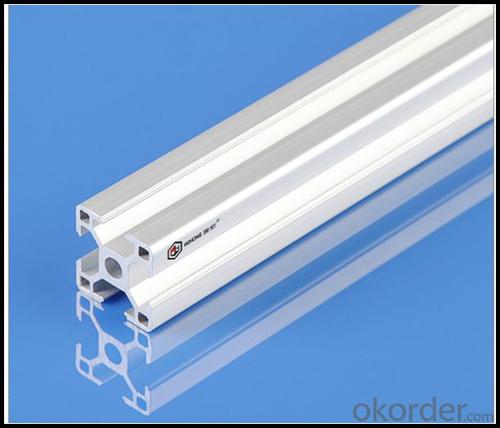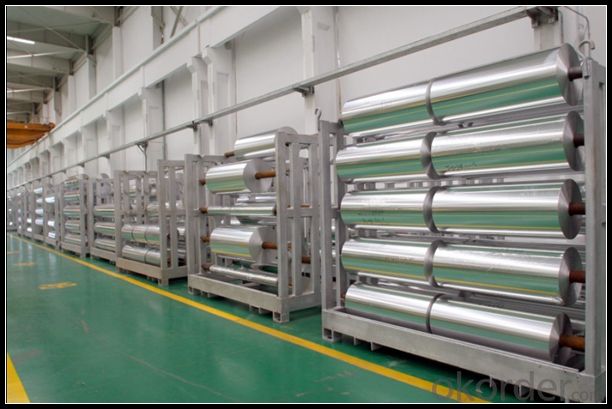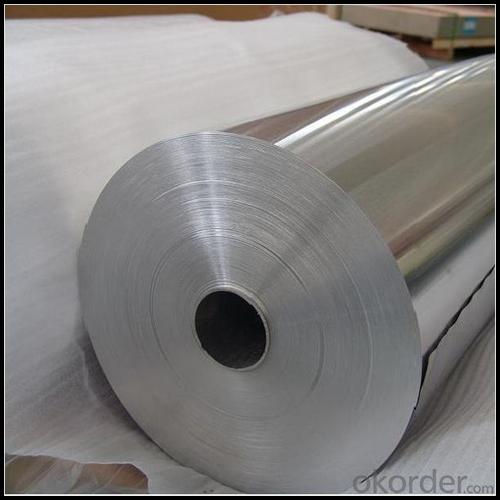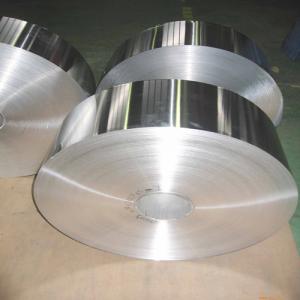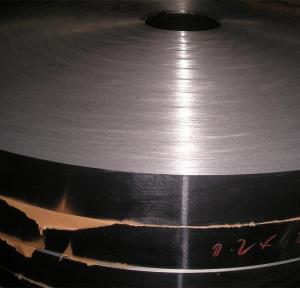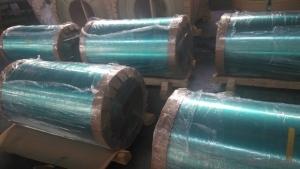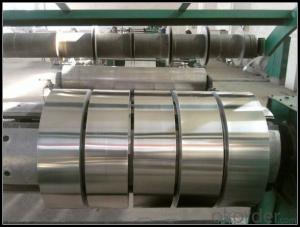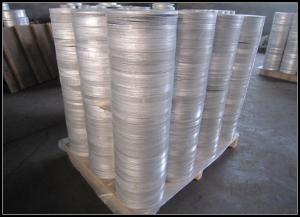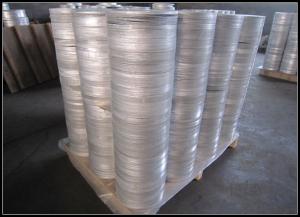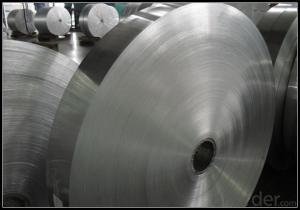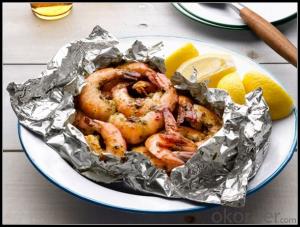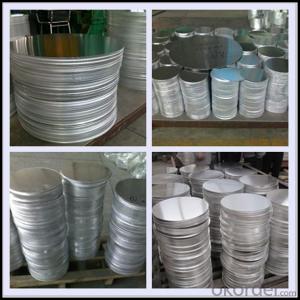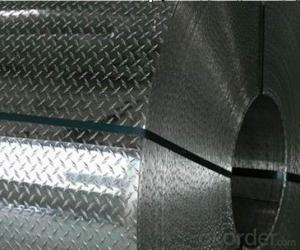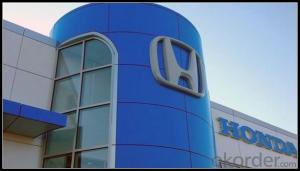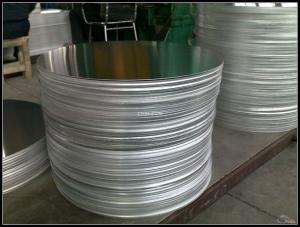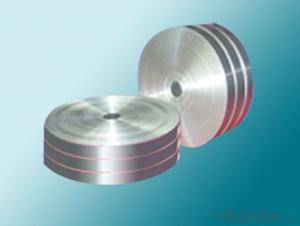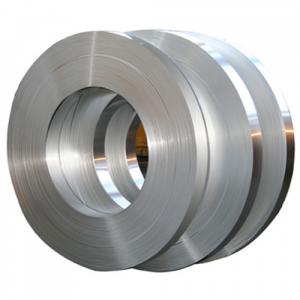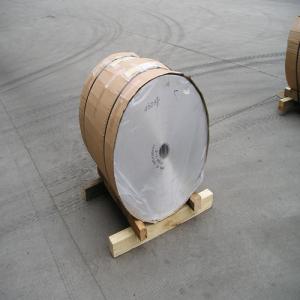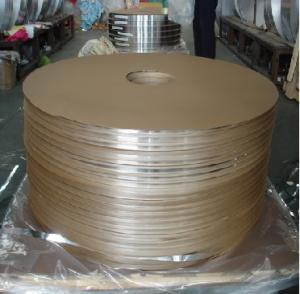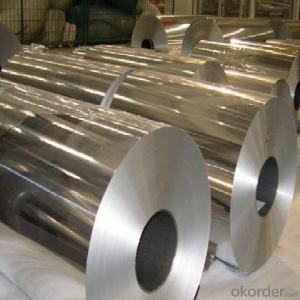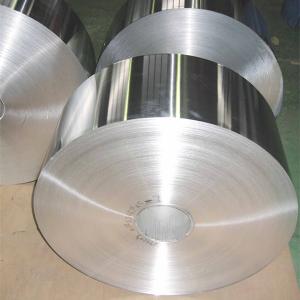Brushed Aluminum Strips - 1060 1145 1050 1100 8011 3003 3004 5052 5083 6061 Aluminum Circle Coil
- Loading Port:
- Tianjin
- Payment Terms:
- TT OR LC
- Min Order Qty:
- 1 m.t.
- Supply Capability:
- 4999 m.t./month
OKorder Service Pledge
OKorder Financial Service
You Might Also Like
Specification
1. Specification of Aluminum
1) Alloy | 1050, 1060,1100, 3003 3004 3105 3005 5005 5052 etc |
2) Temper | O/H12/H14/H1/H18/H32/H34/H36/H38//H111/H112/H116/H321/T6/T651/T3/T351 etc |
3) Thickness | 0.1mm to 6mm |
4) Width | 20mm to 3300mm |
5) Coil weight | 100kgs to 6 tons depends on actual requirement |
6) Core material | Aluminum alloy |
7) Coil Inner diameter | 76mm, 152mm,or as required |
2. Application of Aluminum
(1).Interior: wall,shutters, doors...
(2).Exterior: wall cladding, facades, roofing, canopies, tunnels,column covers , renovations...
(3).Advertisement: display platforms, signboards, fascia, shop fronts...
3. Feature of Aluminum
Such very high doses, aluminium is associated with altered function of the blood–brain barrier.[87] A small percentage of people areallergic to aluminium and experience contact dermatitis, digestive disorders, vomiting or other symptoms upon contact or ingestion of products containing aluminium, such as antiperspirants and antacids.
4. Certificate:
SGS and ROHS(if client request, paid by client), MTC(plant provided), Certificate of Origin(FORM A, FORM E, CO), Bureau Veritas and SGS (if client request, paid by client), CIQS certificate
5. Image of Aluminum
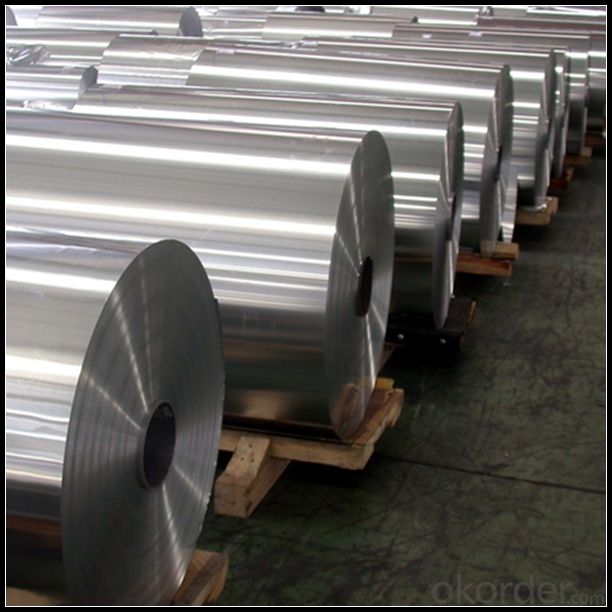
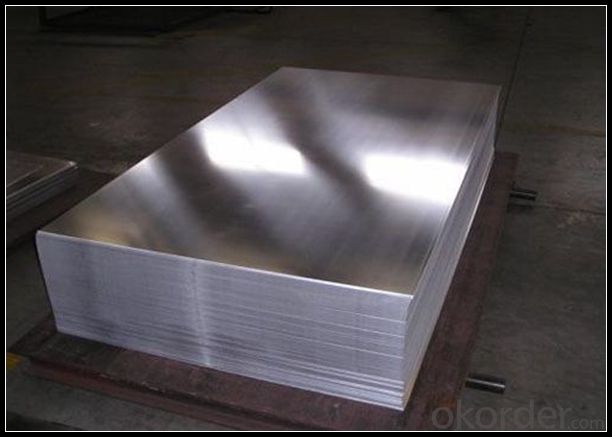
6. Our Service
1. Reply your enquiry in 24 working hours. |
2. OEM, buyer design, buyer label services provided. |
3. Exclusive and unique solution can be provide to our customer by our well traned and professional engineers and staffs. |
4. We can provide free sample for your check |
5. We have the certification of ISO 9001 |
6. Timely delivery |
7. Special discount and protection of sales area provided to our distributor. |
8. Good after-sale service. |
7. FAQ
Q: What is the produce prase? | ||||
A: Normally it would be 40days after received your deposit. | ||||
Q: Can you provide free samples? | ||||
A: Yes, free samples will be sent to you on freight at destination. | ||||
Q: Can I get your latest catalogue? | ||||
A: Yes, it will be sent to you in no time. | ||||
Q: What is the MOQ? | ||||
A: 3 tons | ||||
Q: What are your payment terms? | ||||
A: We accept L/C, D/A, D/P, T/T, West Union,etc. |
- Q: What characteristics of aluminum strips make them ideal for specific uses?
- <p>Aluminum strips are suitable for certain applications due to their lightweight nature, high strength-to-weight ratio, and excellent corrosion resistance. They are also known for their good thermal and electrical conductivity, making them ideal for heat sinks and electrical components. Additionally, aluminum strips are easily machinable and can be formed into various shapes, which is beneficial for manufacturing. Their non-magnetic properties are advantageous in applications where magnetic interference is a concern. Lastly, aluminum's recyclability and cost-effectiveness make it an environmentally friendly and economical choice for many industrial applications.</p>
- Q: What benefits can be gained from incorporating aluminum strips in construction projects?
- <p>Aluminum strips offer several advantages in construction, including high strength-to-weight ratio, which means they are strong yet lightweight. They are also resistant to corrosion, making them suitable for outdoor applications and harsh environments. Aluminum strips are easy to work with, allowing for easy installation and customization. They are also energy-efficient, as they reflect heat and can help reduce cooling costs. Additionally, aluminum is recyclable, contributing to sustainability and reducing waste.</p>
- Q: Is it possible to use aluminum strips as a material for insulating a building?
- <p>Aluminum strips are not typically used for building insulation. Insulation materials are designed to resist heat flow, and aluminum is a good conductor of heat, which means it would not effectively insulate a building. Common insulation materials include fiberglass, cellulose, and foam, which are poor conductors of heat and can effectively reduce heat transfer. Aluminum strips might be used in construction for other purposes, such as reinforcement or as part of a vapor barrier, but not for their insulating properties.</p>
- Q: This question asks for a list of various types of aluminum components used in the automotive industry.
- <p>Aluminum is widely used in the automotive industry due to its lightweight and high strength. Different types of automotive aluminum parts include engine components such as cylinder heads and blocks, transmission housings, suspension parts like control arms and knuckles, wheels and rims, body panels, and doors. Other applications include heat exchangers, radiators, and various brackets and structural components. The use of aluminum can significantly reduce the weight of vehicles, improving fuel efficiency and performance.</p>
- Q: What constitutes the primary substance of aluminum strips?
- <p>Aluminum strips are primarily made from aluminum, a lightweight and malleable metal known for its high conductivity and resistance to corrosion. They are typically composed of pure aluminum or aluminum alloys, which may include elements such as copper, magnesium, manganese, or silicon to enhance specific properties like strength or durability. These strips are widely used in various industries due to their versatility and the metal's beneficial characteristics.</p>
- Q: Can the high frequency of aluminum band replace the high frequency of professional high-power loudspeaker box?
- General band speaker power in 10-40W, home HIFI speakers can be used, professional environment will not work
- Q: What is the difference between cold rolling and hot rolling of aluminium plate and aluminium strip? Which kind of aluminum plate is good? Speak a little more popularly
- Not appearing in spots. Suitable for mirror surface, spray coating. Hot rolling is more expensive than cold rolling
- Q: What types of aluminum strips are known for their durability?
- <p>Yes, there are several types of aluminum strips known for their durability. One of the most durable types is 7075 aluminum, which is an alloy that offers high strength and is commonly used in aerospace applications. Another durable option is 6061 aluminum, which is a heat-treatable alloy with good mechanical properties and is often used in construction and transportation. Additionally, 3003 aluminum is known for its corrosion resistance and is used in applications where durability against weathering is important. The durability of aluminum strips can also be enhanced through various surface treatments and coatings.</p>
- Q: The user is asking whether they should hire a professional to install aluminum strip products or if they can do it themselves.
- <p>Whether to hire a professional or do it yourself depends on your experience and comfort level with DIY projects. If you are skilled in construction or have experience with similar installations, you may be able to install aluminum strip products yourself. However, if you lack the necessary skills or are unsure about the process, hiring a professional installer is recommended. Professionals have the expertise to ensure a proper and secure installation, which can save you time and potential complications down the line. Additionally, they can handle any unexpected issues that may arise during the installation process.</p>
- Q: Are aluminum strips suitable for use as an insulating material on walls?
- <p>Aluminum strips are not typically used for wall insulation. Insulation materials are designed to provide thermal resistance and prevent heat transfer, whereas aluminum is a good conductor of heat, which would not effectively insulate a wall. Instead, materials like fiberglass, mineral wool, or polystyrene are commonly used for wall insulation as they have low thermal conductivity and can effectively reduce heat transfer.</p>
Send your message to us
Brushed Aluminum Strips - 1060 1145 1050 1100 8011 3003 3004 5052 5083 6061 Aluminum Circle Coil
- Loading Port:
- Tianjin
- Payment Terms:
- TT OR LC
- Min Order Qty:
- 1 m.t.
- Supply Capability:
- 4999 m.t./month
OKorder Service Pledge
OKorder Financial Service
Similar products
Hot products
Hot Searches
Related keywords
